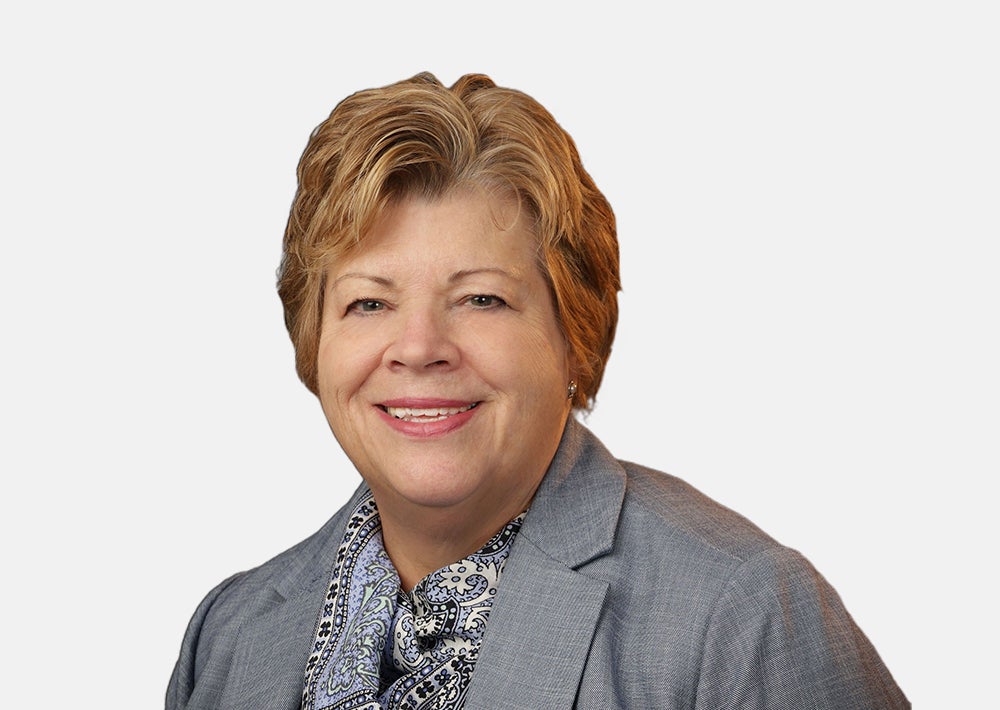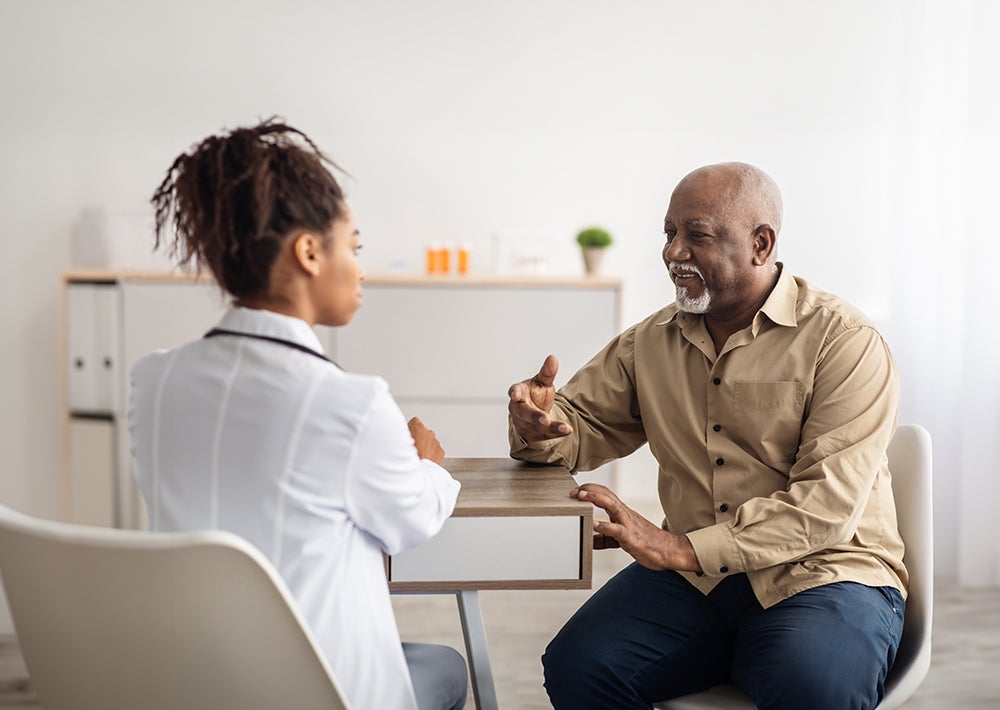The COVID-19 pandemic has had far-reaching impacts on healthcare delivery. Research conducted by Phreesia, Harvard University and the Commonwealth Fund found that ambulatory patient visits dropped by 60% the month after the pandemic began. Although visit volumes have since rebounded, they’re still lower than pre-pandemic levels, translating to missed patient care and financial strain for healthcare organizations. With COVID-19 infections still spiking in many areas of the country, medical practices and health systems are now faced with the challenge of convincing patients that it’s safe to return for in-person appointments.
What steps can practices take in order to help patients feel comfortable coming back to the doctor’s office?
Proactively communicating enhanced safety procedures
Communicating updated safety protocols, such as mask and social-distancing mandates, enhanced personal protective equipment usage, visitor restrictions and temperature screenings, are vital first steps in making patients feel confident about returning for in-person visits and alleviating their anxiety.
At UCSF Health, a number of COVID-19 screenings reach patients before they ever arrive for an appointment, including lobby screeners that give out masks and ask patients and any mandatory visitors about their COVID-19 symptoms or potential exposure to the virus.
Medical practices are leveraging a range of communication tools to stay in contact with patients before, during and after their appointment or procedure, and to educate them about COVID-19 and their stepped-up safety policies.
To ensure responsible post-procedure follow-up, Proliance Surgeons, with more than 100 locations across Washington state, also screens patients for self-reported COVID-19 symptoms and risk factors at one-week, two-week and three-week intervals after their surgeries. By proactively screening patients following their procedures, Proliance Surgeons is able to provide its future patients with reassurance that not only is the organization closely monitoring patients coming into the facility, but also that patients who follow through on their procedures are not putting themselves at risk for greater exposure to the virus.
Starling Physicians, a multispecialty group based in Connecticut, uses Phreesia’s Announcements tool to email patients about safety protocols at its 36 locations, including a limit of one guest per visit, a ban on unscheduled walk-in appointments and a requirement that patients check in for their in-person appointments before coming into the office.
“[These announcements] are helping patients understand our rapidly changing environment and how we’re moving in response to the CDC’s recommendations,” says Sarah Holcomb, Starling’s information systems administrator.
Website communications, such as a dedicated COVID-19 web page, also give practices the space to provide more detailed information about their safety measures and to answer patients’ questions about updated protocols and procedures.
UCSF Health has posted an FAQ document on its website to specifically answer patients’ most-common COVID-19 questions. UCSF Health also uses the page to prepare staff for any questions that may come up when they conduct outreach asking patients to come in for a needed appointment or procedure.
Implementing pre-visit registration and contactless intake workflows
Practices also can leverage technology to set up remote pre-appointment check-ins and contactless intake workflows to help patients feel more comfortable about in-person appointments.
By allowing patients to pre-register for their visit from their laptop or mobile device, healthcare organizations can capture the intake information they need, while minimizing the risks of virus exposure for both patients and staff across different care settings.
When patients complete intake forms on their personal device before their appointment, it’s also much easier for practices to eliminate physical waiting rooms and shift to alternative settings, such as checking in patients from their car.
Florida-based AdventHealth sends registration links for patients to complete five days before an appointment on their personal device. Patients provide their demographics, consents and insurance information, and pay any outstanding balances or copays. Once patients arrive for their appointment, they notify practice staff by text and then wait for a text or phone call reply from the office letting them know their exam room is ready and they may enter the building.
At Memorial Health System, headquartered in Marietta, Ohio, contactless intake and no-waiting-room workflows are helping to keep patients safe in its ambulatory clinics, emergency departments, urgent-care centers and COVID-19 assessment clinic.
“I can’t imagine how challenging patient encounters would have been throughout the COVID-19 pandemic without a zero-contact intake process,” says Missy Fleeman, Memorial’s director of patient access. “We have been able to keep both our patients and staff safe while still capturing all of the necessary information.”
Zero-contact intake workflows are also reducing COVID-19 risk for the health system’s maternity patients, who no longer have to enter the hospital through the ED. Instead, women in labor or pre-labor may complete patient check-in at home or in a designated hospital parking lot. Once onsite, a staff member comes to the parking lot, takes the patient’s temperature and then escorts her and her partner to the obstetrics department, bypassing the ED completely.
Keeping patients safe is more important than ever. Healthcare organizations that prioritize enhanced safety protocols, proactive patient communication and contactless intake workflows are well-positioned to make patients feel comfortable about returning for in-person appointments, both now and in the post-pandemic future.




